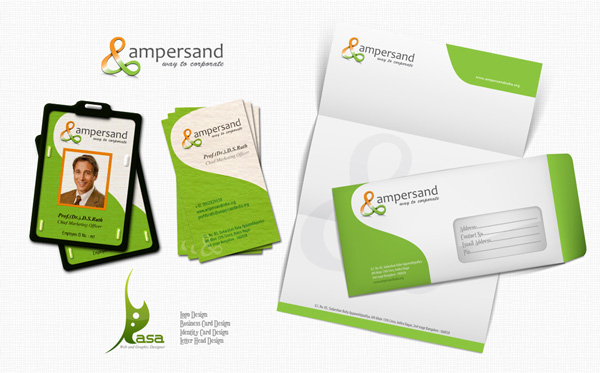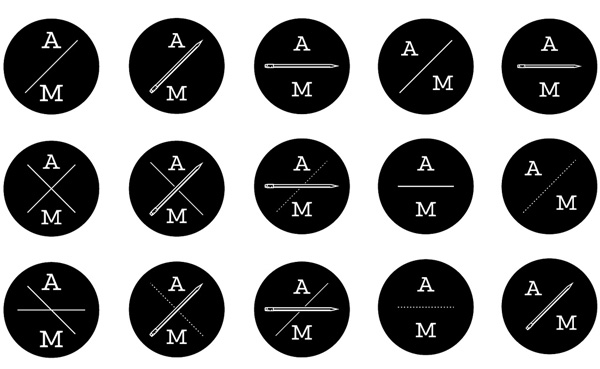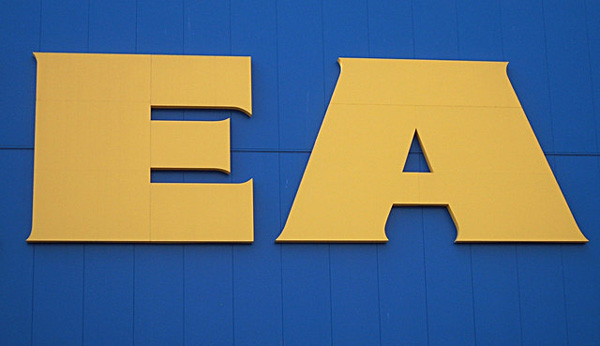
Sadly enough, there are many logo designers out there who think that a company’s logo and their brand are one-in-the-same. In reality though, a logo is just a small piece of the brand puzzle. Perhaps, this post will clear things up a bit.
So what is a logo exactly?
Simply put, a logo is merely a picture that symbolizes something—be it a person, place or thing. In most cases though, a logo design is associated with a business or corporation. These could be any sort of marking, typography, graphic, symbol, or even a flag. A good example is the iconic “Golden Arches,” everyone sees when they get a McDonald’s product. You don’t even need to see the name to know that the red and gold arches are representative of McDonalds because of its notoriety. Typically though, a logo will generally feature some type of typography that defines the name of the business.
There are some instances, however, in which a logo does not incorporate any type of picture or graphic. Instead, these logos will generally just feature an artistic rendition of the organization’s name. Think of FedEx with it’s classic block lettering in purple and orange. These technically would not be considered logos but rather wordmark or logotypes. It simply refers to the lettering or typography used to define an organization.

A logo, whether graphic-based or typography-based, is not meant to literally explain what an organization does, but rather merely serve for identification purposes only. Imagine, for example, if everyone referred to John as “a short guy who could lose some weight,” rather than his name. Would you want to be referred to in such a manner? I think not! That is why a logo is not meant to describe an organization, just identify.
Brand identity and logo are not the same!
Brand identity typically comes after a logo has been established. Once an organization has a logo they can literally put it on anything they want from letterheads and address labels to various promotional products and such. Quality Logo Products suggests, “Keeping your logo design simple or having a simpler version will help make sure there is no loss in effectiveness of your brand identity.” For the most part, a brand identity is conceptualized on tangible objects that are seen. Most organizations will stick with the basics though, which include the logo of course, but also the stationary and memos, uniforms, product packaging, marketing materials, and so on and so forth.
Large corporations will generally design their brand identity using an approved set of guidelines. These guidelines will generally dictate a number of aesthetic aspects including color patterns, font aspects, backgrounds, specific measurements and well, you get the idea; basically just a set of rules that determine how the brand identity will appear to others.
Furthermore, the brand identity is basically the larger depiction of a company; in other words, how the public views the company as a whole. A good example of a company who clearly has their brand identity down to an art is Twitter. You do not necessarily need to see a logo to identify something related to Twitter. Instead, you might see that little bird used on the logo and through their organization, or that iconic baby blue text. In a nutshell, the brand identity extends much further than just the logo itself.
The challenge many organizations face is creating a brand identity that is flexible enough to adapt to different environments. Naturally the logo will forever remain embossed into an organizations make-up, but the brand identity needs to, in essence, be interchangeable. Many factors can facilitate the need to alter an organization’s brand identity. For instance, as a business grows, it’s agenda and priorities might differ. This can be seen with old businesses designed around traditional business practices trying to evolve and adopt contemporary, sustainable practices.
What about a brand?
A brand defines a much larger entity. However, defining what a brand actually is can be quite daunting. Hundreds and hundreds of publications have been created that attempt to define the subject, but if you were to read several of them, you might find that there are mixed opinions.
For the most part, I like to think of the logo and the brand identity as parts of a machine, with the brand being the machine. However, the machine certainly needs more than two parts to run. An organization’s brand can also include the history of the organization, the mission statement, and basically anything iconic that might be associated with the organization. It can even include client testimonials and overall customer experience as well.
For some people though, a brand is not just how an organization defines itself, but also how the general public defines it also. If we look at Walmart, most people would categorize it as “having everything under the sun,” whereas others might see it as a monopolistic corporation with nothing but profit on their mind. So in essence, a brand cannot be solely controlled by the organization it embodies as it is largely opinion-based. It doesn’t matter what an organization does, the public will create their own perceptions either on their own or based upon the actions of the organization.

The easiest way to define a brand comes in the form of two words—corporate image. This is how the company appears to everyone ranging from the average Joe, to public investors, to employees. It is the general notion that everything associated with an organization should reflect the ideology of the organization, including its values and goals. A lot of the times this can be summed up in a mission statement.
So as you can tell, there are a lot of similarities, but also a lot of differences between an organizations logo, brand identity, and brand. It all generally starts with a logo, which helps identify the company visually in a variety of applications ranging from products and packaging to business cards and websites. From there, a brand identity can be planned, prepared, and executed internally from within the company, and externally on various mediums. Finally, you have the brand itself which embodies not only the logo and brand identity, but also the overall perception of an organization. Each component is different, but all are vital to the proper maintenance of a successful organization.

